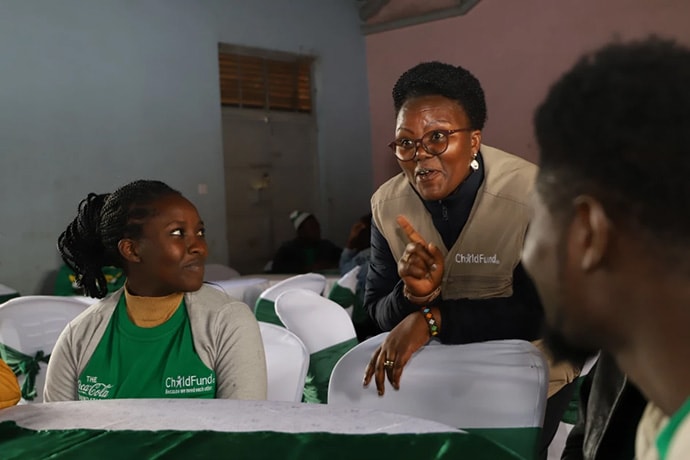The Founding of Pangea
By Allan Paulson, June 4, 2023
At our 20th year anniversary celebration, Allan Paulson, a founding Pangea member, shared his recollection of the early days that formed our giving circle.

In November, 2001, I received an email out of the blue inviting me to come to a discussion about how we could promote better understanding across cultures and countries. This was a few months after the 9/11 attack. One of the disconcerting back stories that emerged focused how much dislike and hatred there was toward Americans, and America in many parts of the world. I decided to go, and found myself in a large conference room high up in the Columbia Tower with 40-50 other people.
The meeting was convened by Martin King, a successful, serial tech entrepreneur who had a deep passion for social justice. “There must be something we can do to promote international understanding and peace, other than bombing brown people,” he said, referring to the start of the war in Afghanistan. It was a very eclectic group of academics, NGO leaders, and philanthropists that Martin and his facilitator Peter Blomquist had scraped from their rolodexes. I learned later that my name came off the registration list of a conference on international giving that Martin and I had recently attended.

